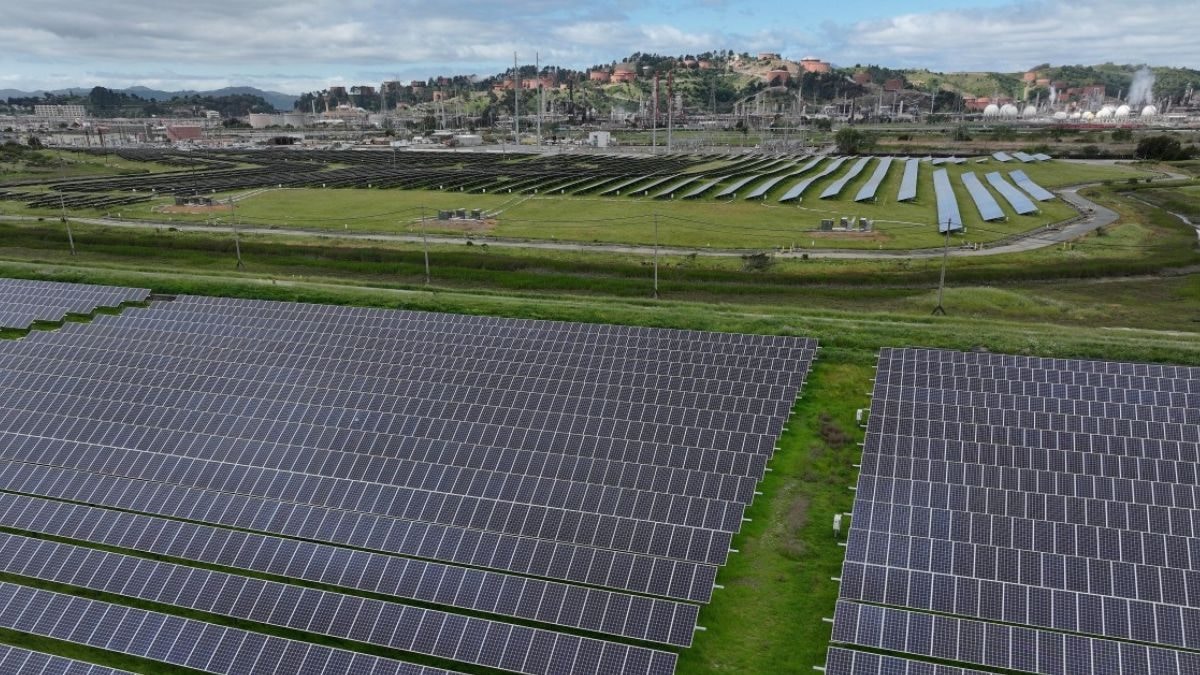India's Green Revolution: A Model for Sustainable Development
Key Ideas
- India is on a trajectory to become a $55 trillion economy by 2047, with significant investments in infrastructure and a focus on green technologies.
- The country is leading in the adoption of renewable energy, aiming to achieve 500 GW of renewable energy capacity by 2030 and net-zero emissions by 2070.
- Policy initiatives such as the PAT scheme, promotion of electric vehicles, and the Ujjwala Scheme are driving sustainable energy practices and reducing carbon footprint.
- Initiatives like the Surya Ghar Muft Bijli scheme and the PLI scheme for solar energy manufacturing demonstrate India's commitment to self-sufficiency in green energy production.
India is making remarkable progress towards sustainable development, with a vision to become a $55 trillion economy by 2047. The country has significantly increased its investments, unlocking trillions in economic potential while maintaining a focus on green technologies. Despite rapid infrastructure development, India remains committed to reducing its carbon footprint and has become the world's fastest-growing major economy. Through initiatives like the PAT scheme and promotion of electric vehicles, India is actively reducing energy consumption in key sectors. The Ujjwala Scheme has provided clean cooking fuels to millions, positively impacting health and the environment. India's push for renewable energy includes ambitious targets to install 500 GW by 2030 and achieve net-zero emissions by 2070. Policy initiatives like the Surya Ghar Muft Bijli scheme and PLI for solar energy manufacturing showcase India's dedication to self-sufficiency in green energy. Furthermore, India's focus on hydrogen-derived energy through the SIGHT initiative demonstrates its commitment to a sustainable future.
Topics
India
Renewable Energy
Carbon Emissions
Energy Transition
Environmental Sustainability
Infrastructure Development
Economic Growth
Green Technologies
Policy Initiatives
Latest News
